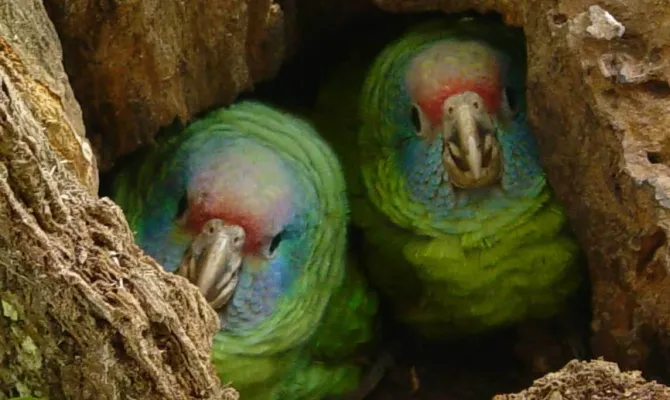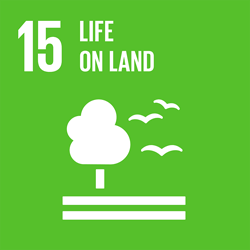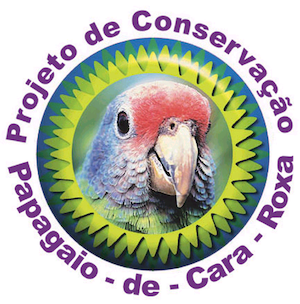
Thank you so much for your generous donation!
You're creating real change — your support truly matters!
Stay connected with the project you backed and with Nature Invest -- be part of the movement for a better planet.




Created by, Natasha Choinski
Organization Name: Sociedade de Pesquisa em Vida Selvagem e Educação Ambiental (SPVS)
Strategic Partner: Grande Reserva Mata Atlântica
The red-tailed parrot (Amazona brasiliensis) is endemic to the Atlantic Rainforest and currently occurs on the coast of Paraná and southern São Paulo. Its small range makes it especially vulnerable to environmental destruction and disturbance. Since 1998, SPVS has been working on the Red-tailed Parrot Conservation Project with the aim of "Protecting the Red-tailed Parrot (Amazona brasiliensis) through scientific knowledge, management actions and raising awareness in society of the importance of conserving the parrot and the biodiversity of the Atlantic Forest." From 2003 onwards, in order to understand and monitor the population trend of the species on the coast of the state of Paraná, annual censuses have been carried out simultaneously in the roosts, the places where the parrots gather to spend the night. When the project began in 1998, the red-tailed parrot was classified as "Endangered" by the international list of threatened species. In 2004 it was classified as "Vulnerable" and finally in 2016 it was removed from the list of Brazilian endangered species (MMA, 2016) and classified as "Near Threatened". This change in the species' conservation status was thanks to the efforts of the Red-tailed Parrot Conservation Project team, together with the local community and environmental agencies, but threats to the species continue to occur and in this sense monitoring the species is essential for updating its conservation status and generating information for regional conservation strategies.
In order to monitor the species' population, censuses are carried out annually during the fall, when parrots are most concentrated in the species' collective roosts throughout their distribution area. In 2013, the project expanded its area of operation to the southern coast of the state of São Paulo, through partnerships and conservation education in municipal schools, as well as raising awareness among society and monitoring breeding and population sites in the region. In this format, the species' entire area of occurrence is covered in some way by the project's actions. In the state of Paraná, the focus of this proposal, six roosts used by the species have been recorded: Ararapira, Ilha do Pinheiro, Ilha Rasa, Ilha do Mel, Ilha da Cotinha and Guaratuba (Fig. 1). The highest concentrations generally occur in the roosts on the islands of Pinheiro, Rasa, Mel and Rasa da Cotinga. The population assessment of the red-tailed parrot in the state of Paraná is carried out using the direct count method (BIBBY et al., 1993) or specific point method according to BUGALHO 1967, designed to count all the individuals belonging to just one species, living in a given area, where the observer remains at a fixed point for a period of time, taking note of all the individuals seen, with the aid of binoculars. This will be possible because the entire area of occurrence of this species in the state is known (SCHERER-NETO 1988, 1989, SIPINSKI et al.,2000;). To carry out the census, two or more observers will be positioned (depending on the point and the need for a wider viewing angle) at fixed points determined in advance near the collective roost. Censuses will be carried out simultaneously in the parrot's six collective roosts, for three consecutive days, in order to obtain the best population estimate.
The main activities related to this proposal will be to organize and carry out a population census of the red-tailed kite in the six collective roosts on the coast of Paraná, during the autumn of 2023. The compilation of all the data to obtain a current population estimate in the state of Paraná, and the organization of the photographic images and videos taken during the census, as well as the production of posts and texts to publicize the results obtained. The funds will be invested in buying the materials needed to structure the population monitoring, as well as the costs associated with the logistics involved in this process.

Ararapira, Guaraqueçaba - PR, Brasil